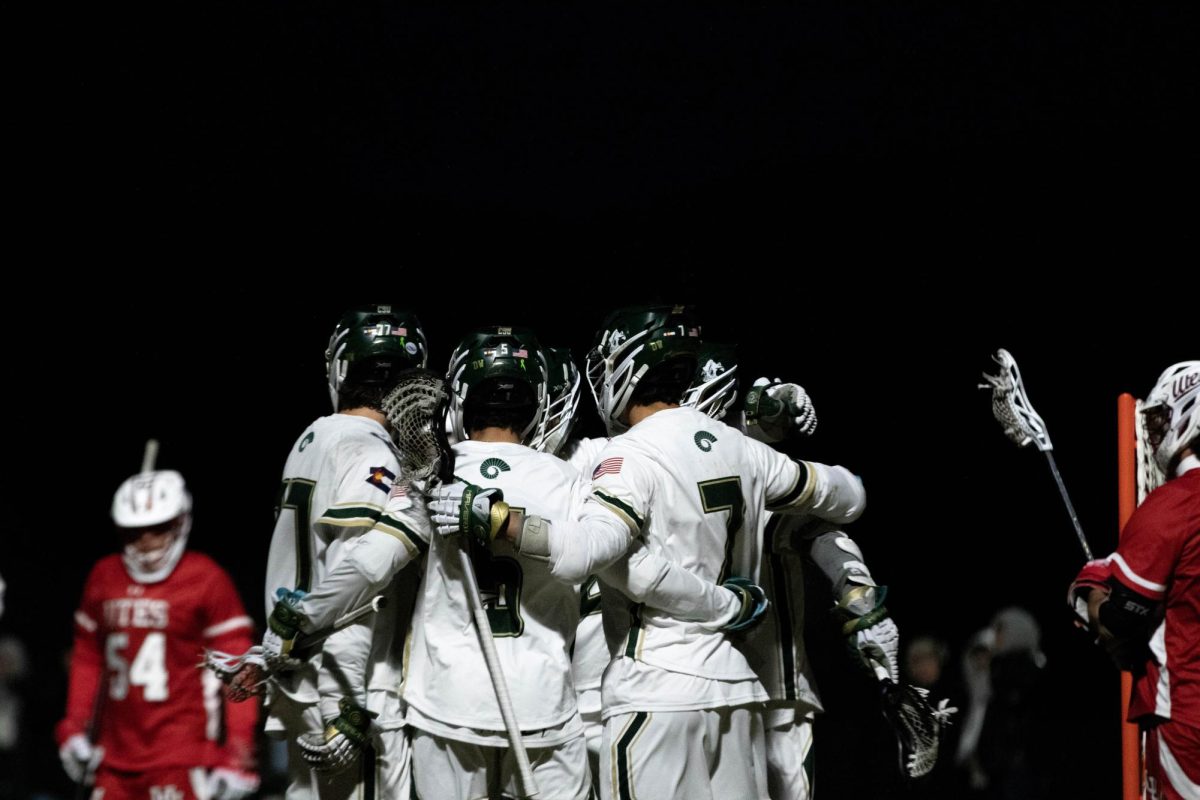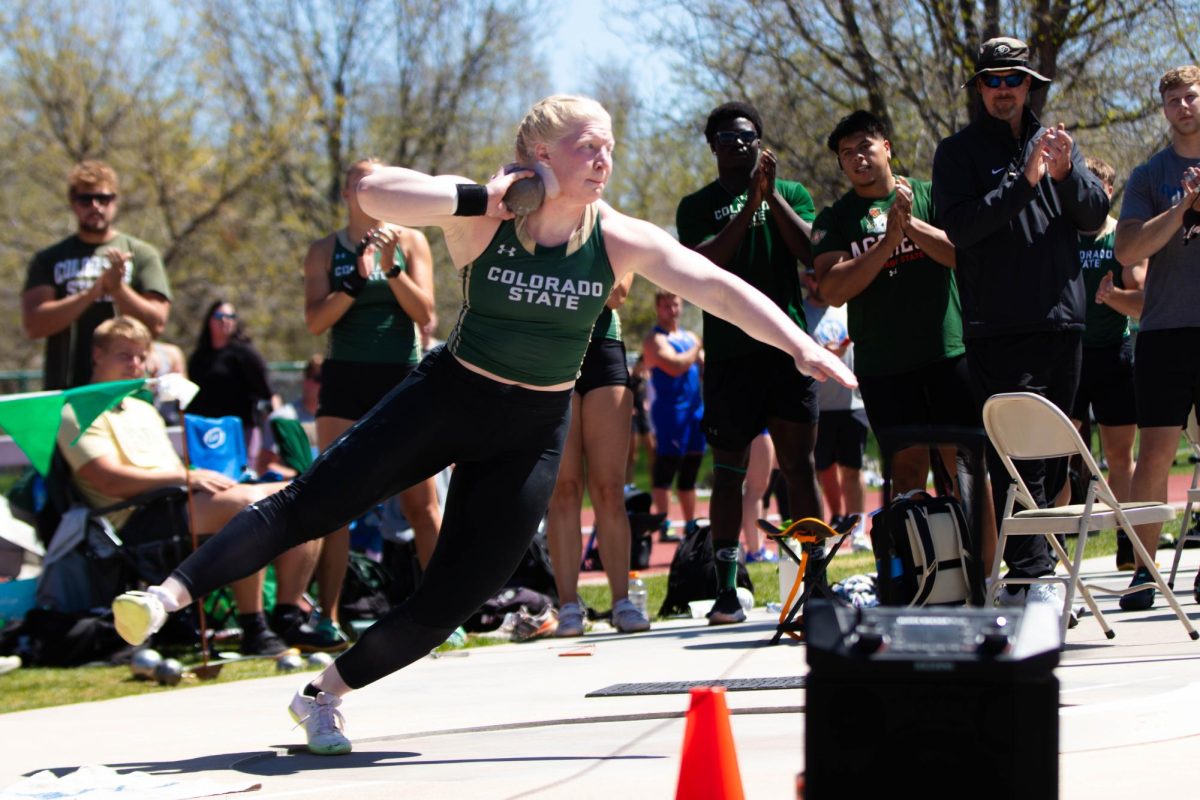
On Sunday night during the 87th annual Academy Awards, actress Patricia Arquette, who was awarded Best Supporting Actress for her role in Boyhood, gave an emotional speech concerning women’s rights and gender equality. One major issue that was addressed in her spirited speech was the difference of wages based on gender. Arquette declared, “It’s our time to have wage equality once and for all and equal rights for women in the United States of America.” Arquette has sparked a renewed interest in this debate that has been around for decades, and the evidence of gender inequality can still be seen in today’s world of sports.
On Forbes’ “The World’s Highest-Paid Athletes” list, the highest-ranked woman sits at No. 34. Maria Sharapova, who made $24.4 million over the past year, is the top paid female athlete but is paid less than three other athletes in her respective sport of tennis. Of her $24.4 million only $2.4 million is represented by her winnings and the remainder is from her endorsements. Sharapova makes $1 million more in endorsements than the next highest paid tennis player Novak Djokovic, who is No. 17 on the list with a grand total of $33.1 million¬, yet she makes only a fifth of his $12.1 million salary.
Another example of a pay discrepancy based on gender is the difference in maximum salaries between the NBA and the WNBA. The rule regarding the max salary for a player with less than seven years of experience in the NBA states that the player should be compensated with $9 million or 25 percent of the salary cap, whichever amount is greater. Even players who are top veterans in the WNBA, such as Diana Taurasi, can only make a maximum salary of $107,000 which is only about 11 percent of that found in the NBA. Many WNBA players are starting to play overseas as they make nearly 10 times their current salaries in the United States. Taurasi now makes $1.5 million with her current Russian team.
Ronda Rousey, who is one of the more well-known athletes in all of women’s sports, also makes less than her male counterparts. At UFC 175 on July 5, 2014, Rousey received a $120,000 payout for her successful championship title defense. As big as this sum of money is, it is still less than the $200,000 that Lyoto Machida made at the same event, and he lost his fight.
There are complications to closing the gap between men and women salaries. The obvious complication is that it is hard to implement equal salaries for different competitions. Until men and women compete directly against each other it will be unlikely that they will have equal pay. Another complication to this issue is that the market for women athletes is not nearly as large as that of men. Women’s professional sports leagues have a fraction of the interest and revenue that men’s professional leagues possess. With less revenue it is hard for women’s sports leagues to provide the same compensation as the men’s leagues, who reel in much more money annually.
I believe that the difference between men and women salaries should be reduced. Both men and women should be rewarded for their hard work and supernatural athletic ability and that should be shown in their salaries. Women’s sports would be able to continue to evolve and grow with an increase in athlete compensation, as they would not lose many great athletes who are continuing to leave the game for other better paying opportunities.
Thanks for making time for Grimes.





James DeShields • Jul 12, 2015 at 9:11 am
Another ridiculous article by a politicaly correct man who has no clue, think about what you just wrote men teams sport far out distance any version of their female counterparts and you also state the in any head to head competition the women can’t compete, but because they work hard they should be financially rewarded. Where does the fact that the product that they are producing is so inferior that the consumer chooses not to support the women’s team sports. What is it that you are asking for increasing salaries for the women athletes by forcing the free market consumers too attend game’s and sponsor games and league’s that they do not like. You also in attempting too explain the salaries in the wnba failed to mention that in 1996 the NBA board of governors granted the wnba the opportunity to exist and then financially supported the league. The wnba salary cap is the product of the collective bargaining procedure which was agreed upon by the league’s representatives.What this all boils down to is that for as hard as the female players work at this time the product is so inferior that it does not warrant any substantial salary increase. I would hope that you as the next generation of authors would be less politicaly correct and trust more in the free market consumers since this is the society that we live in and hope to continue.